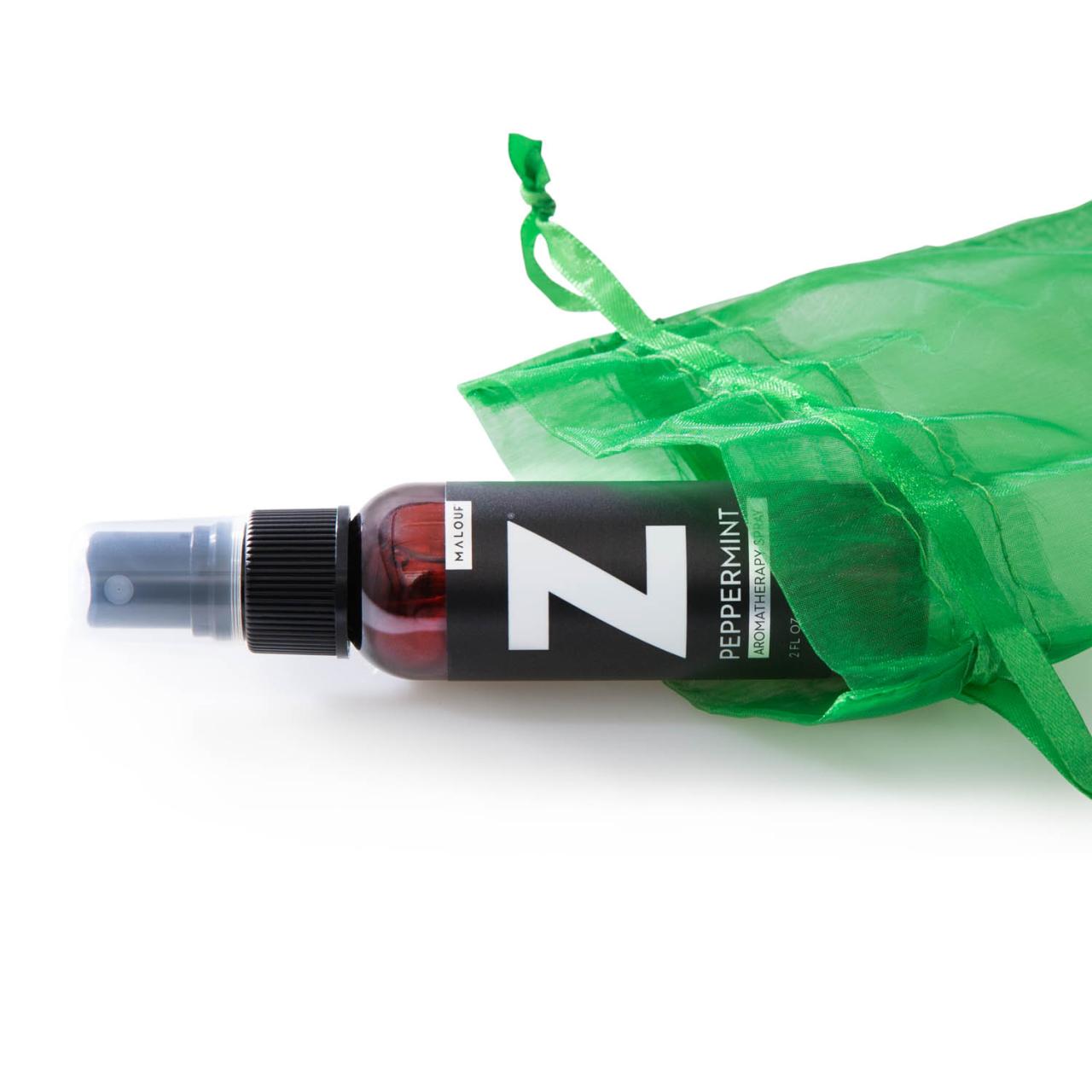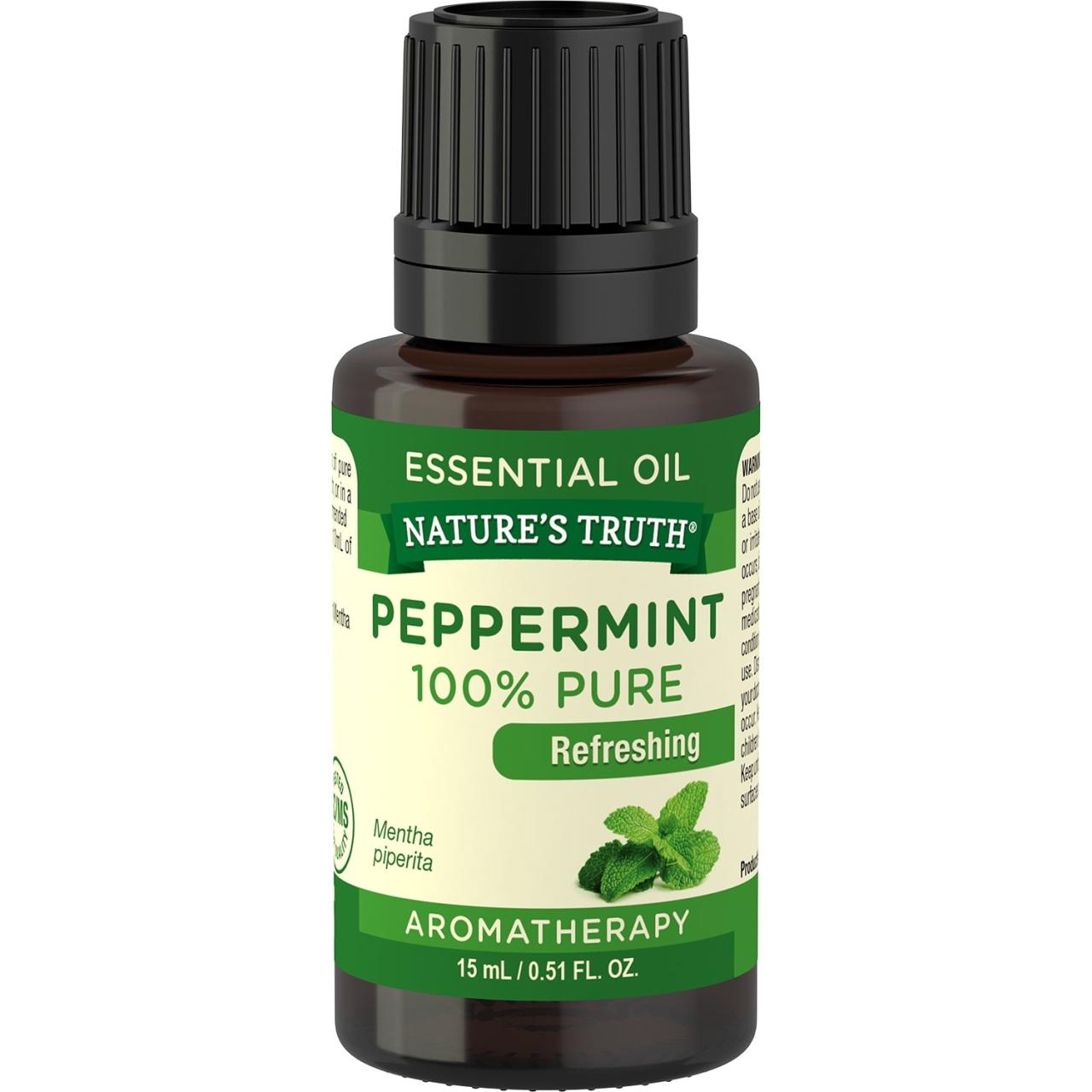Prepare to embark on a fragrant journey as we delve into the enchanting world of peppermint aromatherapy. From its calming embrace to its invigorating essence, peppermint holds a myriad of therapeutic benefits that have captivated individuals for centuries. Join us as we unveil the secrets of this aromatic treasure, exploring its diverse applications and the scientific evidence that supports its remarkable properties.
Peppermint aromatherapy offers a holistic approach to well-being, addressing both physical and emotional imbalances. Its versatility shines through in its ability to alleviate stress, promote restful sleep, and combat headaches. Whether you seek relaxation, rejuvenation, or relief from ailments, peppermint aromatherapy stands ready to assist you.
Peppermint Aromatherapy
Benefits and Uses
Peppermint aromatherapy offers a range of therapeutic benefits, including:
- Calming and relaxing properties: Peppermint oil’s soothing aroma helps reduce stress, anxiety, and tension.
- Invigorating and energizing effects: The refreshing scent of peppermint can boost alertness, improve focus, and alleviate fatigue.
- Decongestant and respiratory benefits: Peppermint oil’s expectorant properties help clear nasal congestion and improve breathing.
Peppermint aromatherapy can be used in various ways to address different health concerns:
- Stress and anxiety relief: Diffusing peppermint oil or applying it topically (diluted in a carrier oil) can help calm nerves and promote relaxation.
- Improved sleep: Inhaling peppermint oil before bed can aid in sleep onset and quality.
li>Headache relief: Applying diluted peppermint oil to the temples or forehead can help reduce headache pain.
Methods of Peppermint Aromatherapy
Peppermint aromatherapy offers various methods of application, each with its unique benefits and considerations. Here are the most common techniques:
Peppermint essential oil is highly concentrated and should be diluted before use. For inhalation, add a few drops to a diffuser or humidifier and let the aroma permeate the air. Alternatively, you can inhale directly from the bottle for a quick burst of refreshment.
For topical application, dilute a few drops in a carrier oil, such as jojoba or coconut oil, and massage into the desired area. Always perform a patch test before applying to a larger area to check for any allergic reactions.
Inhalation
Inhalation is an effective way to experience the invigorating and stimulating effects of peppermint aromatherapy. When inhaled, the volatile compounds in peppermint essential oil interact with receptors in the nose, sending signals to the brain that can alleviate headaches, reduce stress, and improve alertness.
- Diffusers:Add 5-10 drops of peppermint essential oil to a diffuser filled with water and disperse the aroma throughout the room.
- Steam Inhalation:Add a few drops of peppermint essential oil to a bowl of hot water and inhale the steam for 5-10 minutes.
- Personal Inhalers:Carry a personal inhaler containing peppermint essential oil and inhale as needed for a quick boost of energy or to clear congestion.
Topical Application
Topical application of peppermint aromatherapy can provide localized relief from pain, inflammation, and itching. When applied to the skin, the active compounds in peppermint essential oil penetrate the skin and interact with receptors, reducing pain signals and promoting circulation.
- Massage Oil:Dilute 5-10 drops of peppermint essential oil in 1 ounce of carrier oil and massage into sore muscles, joints, or areas of tension.
- Bath Salts:Add 10-15 drops of peppermint essential oil to a warm bath and soak for 15-20 minutes to relieve stress, improve circulation, and soothe sore muscles.
- Foot Soak:Add 5-10 drops of peppermint essential oil to a footbath filled with warm water and soak for 10-15 minutes to refresh tired feet, reduce swelling, and alleviate foot odor.
Diffusion
Diffusion is a convenient method of dispersing peppermint aromatherapy throughout a larger space. When diffused, the essential oil particles become airborne and can be inhaled by anyone present. This method is ideal for creating a stimulating and refreshing atmosphere in offices, homes, or other public spaces.
- Ultrasonic Diffusers:Use an ultrasonic diffuser to create a fine mist of peppermint essential oil and water, releasing the aroma into the air.
- Nebulizing Diffusers:Nebulizing diffusers break down essential oils into tiny particles, creating a concentrated aroma that can quickly fill a large space.
- Reed Diffusers:Reed diffusers consist of reeds placed in a bottle of essential oil, allowing the oil to travel up the reeds and release the aroma gradually.
Research and Evidence
Scientific studies and research findings have provided substantial evidence supporting the benefits of peppermint aromatherapy. These studies have explored various mechanisms of action and identified potential applications for peppermint aromatherapy in different settings.
One of the key mechanisms by which peppermint aromatherapy exerts its effects is through its interaction with the olfactory system. When inhaled, peppermint essential oil molecules bind to receptors in the olfactory bulb, triggering a cascade of neural responses that can influence mood, cognitive function, and physiological processes.
Clinical Studies
- A study published in the journal “Phytotherapy Research” found that peppermint aromatherapy significantly reduced symptoms of anxiety and depression in patients with generalized anxiety disorder.
- Another study, published in “Complementary Therapies in Medicine,” showed that peppermint aromatherapy improved cognitive performance and alertness in healthy adults.
- A review article in “Evidence-Based Complementary and Alternative Medicine” concluded that peppermint aromatherapy has potential as an adjunctive therapy for irritable bowel syndrome, reducing symptoms such as abdominal pain and bloating.
Safety and Precautions
Peppermint aromatherapy is generally safe for most people when used as directed. However, certain precautions should be taken to ensure responsible and safe use.
Skin Irritation
Peppermint oil can cause skin irritation, especially in high concentrations. To minimize this risk, it is recommended to dilute peppermint oil with a carrier oil, such as jojoba or coconut oil, before applying it to the skin. Avoid using peppermint oil on sensitive areas, such as the face or near the eyes.
Drug Interactions
Peppermint oil may interact with certain medications, including blood thinners, antacids, and some prescription drugs. If you are taking any medications, consult with your healthcare provider before using peppermint aromatherapy to avoid potential interactions.
Other Precautions
- Avoid using peppermint aromatherapy during pregnancy or breastfeeding.
- Keep peppermint oil out of reach of children and pets.
- Do not ingest peppermint oil, as it can be toxic.
- If you experience any adverse effects from peppermint aromatherapy, discontinue use and consult with your healthcare provider.
By following these safety precautions, you can enjoy the benefits of peppermint aromatherapy while minimizing potential risks.
Peppermint Aromatherapy in Different Contexts

Peppermint aromatherapy has gained widespread popularity due to its versatility and therapeutic benefits. It is commonly used in various settings, including spas, clinics, and homes, to enhance relaxation, improve mood, and promote well-being.
Spas
Peppermint aromatherapy is frequently employed in spas to create a calming and invigorating ambiance. The refreshing scent of peppermint helps alleviate stress, promote relaxation, and improve mood. Peppermint essential oil is often incorporated into massage oils, body scrubs, and bath salts to enhance the therapeutic experience.
Clinics
In clinical settings, peppermint aromatherapy has been explored for its potential benefits in alleviating nausea and vomiting, particularly after surgery or chemotherapy. Peppermint essential oil can be diffused in the air or applied topically to reduce symptoms of nausea and promote a sense of well-being.
Homes
Peppermint aromatherapy is widely used in homes for its mood-boosting and air-purifying properties. Diffusing peppermint essential oil in the air can create a stimulating and refreshing atmosphere, promoting alertness and focus. Additionally, peppermint’s antimicrobial properties make it an effective natural air purifier, helping to eliminate odors and reduce airborne bacteria.
Ending Remarks

As we conclude our exploration of peppermint aromatherapy, it’s evident that this aromatic ally holds immense potential for enhancing our well-being. Its calming and invigorating properties, coupled with its decongestant effects, make it a versatile tool for various settings. Whether you’re seeking relaxation at home, rejuvenation at a spa, or therapeutic support in a clinical setting, peppermint aromatherapy stands ready to elevate your experience.
Embrace its fragrant embrace and unlock the path to a more balanced, revitalized you.